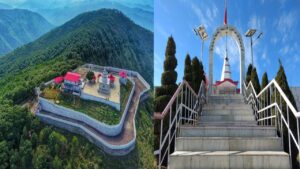Where is Lotus Temple?
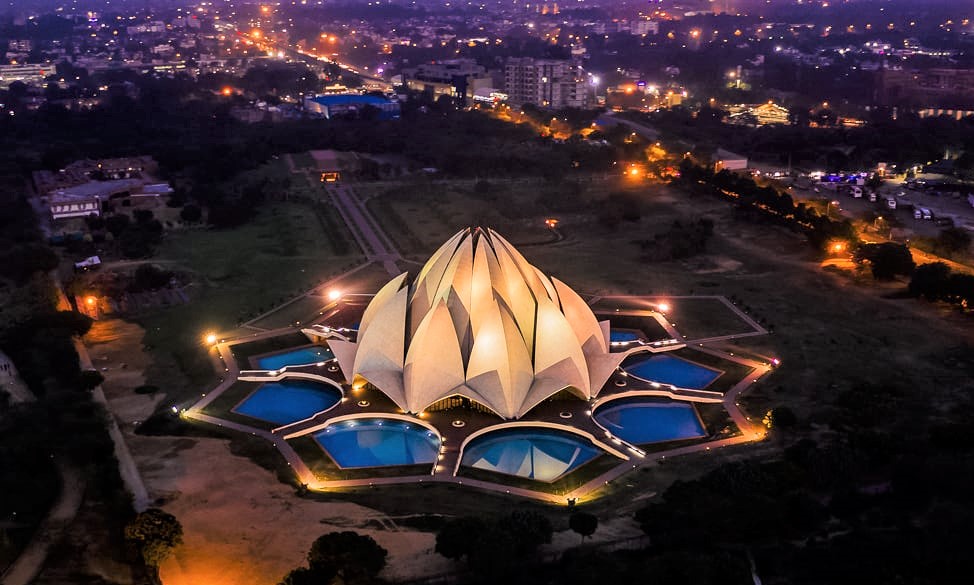
Where is Lotus Temple: Unveiling the Location of this Architectural Marvel
Welcome to our in-depth guide to Where is Lotus Temple, one of the most iconic landmarks in New Delhi, India. This article will take you on a virtual journey to this magnificent structure, offering insights into its location, history, architectural features, and cultural significance. Whether you’re a history enthusiast, an architecture lover, or simply curious about this captivating attraction, this article will provide you with all the details you need. So, let’s delve into the mystique of the Lotus Temple and uncover its hidden treasures.
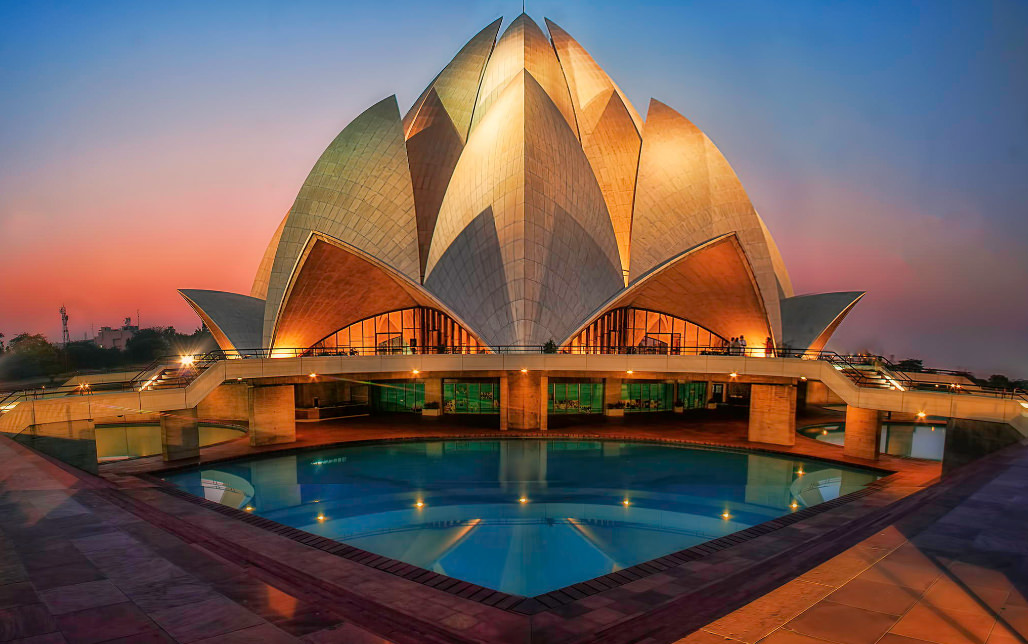
Table of Contents:
| Topics |
|---|
| 1. Lotus Temple – A Haven of Tranquility |
| 2. The Location of Lotus Temple |
| 3. Historical Significance of Lotus Temple |
| 4. Architectural Marvel of Lotus Temple |
| 5. Exploring the Lotus Temple Complex |
| 6. The Baha’i Faith and Lotus Temple |
| 7. Lotus Temple – A Symbol of Unity |
| 8. How to Reach Lotus Temple |
| 9. Best Time to Visit Lotus Temple |
| 10. Frequently Asked Questions (FAQs) about Where is Lotus Temple |
| 11. Conclusion |
Lotus Temple – A Haven of Tranquility
The Lotus Temple, also known as the Bahá’í House of Worship, is a serene and sacred place where visitors can seek solace and connect with their inner selves. This architectural masterpiece has become a symbol of peace, unity, and tranquility. People from all walks of life and various religious backgrounds come to experience the serenity and spirituality that the Lotus Temple offers.
The Location of Lotus Temple
The Lotus Temple is situated in New Delhi, the capital city of India. Specifically, it is located in the southern part of the city, near the Nehru Place neighborhood. The temple is nestled amidst lush green surroundings, providing a peaceful and idyllic ambiance for visitors.
Historical Significance of Lotus Temple
The Lotus Temple was completed in 1986 and holds immense historical significance. It was designed by Iranian-Canadian architect Fariborz Sahba and took over a decade to construct. The temple stands as a testament to the Baha’i principles of unity, equality, and religious tolerance. Its unique lotus-shaped design has garnered international acclaim, attracting millions of visitors from around the globe.
Architectural Marvel of Lotus Temple
The Lotus Temple’s architectural design is a marvel to behold. It resembles a blooming lotus flower, with 27 intricately designed marble petals that form the outer structure. The temple is crafted using white marble, which symbolizes purity and divinity. The exquisite detailing and symmetry of the structure leave visitors awestruck. The Lotus Temple’s design seamlessly combines modern architectural techniques with ancient principles, resulting in a truly extraordinary edifice.
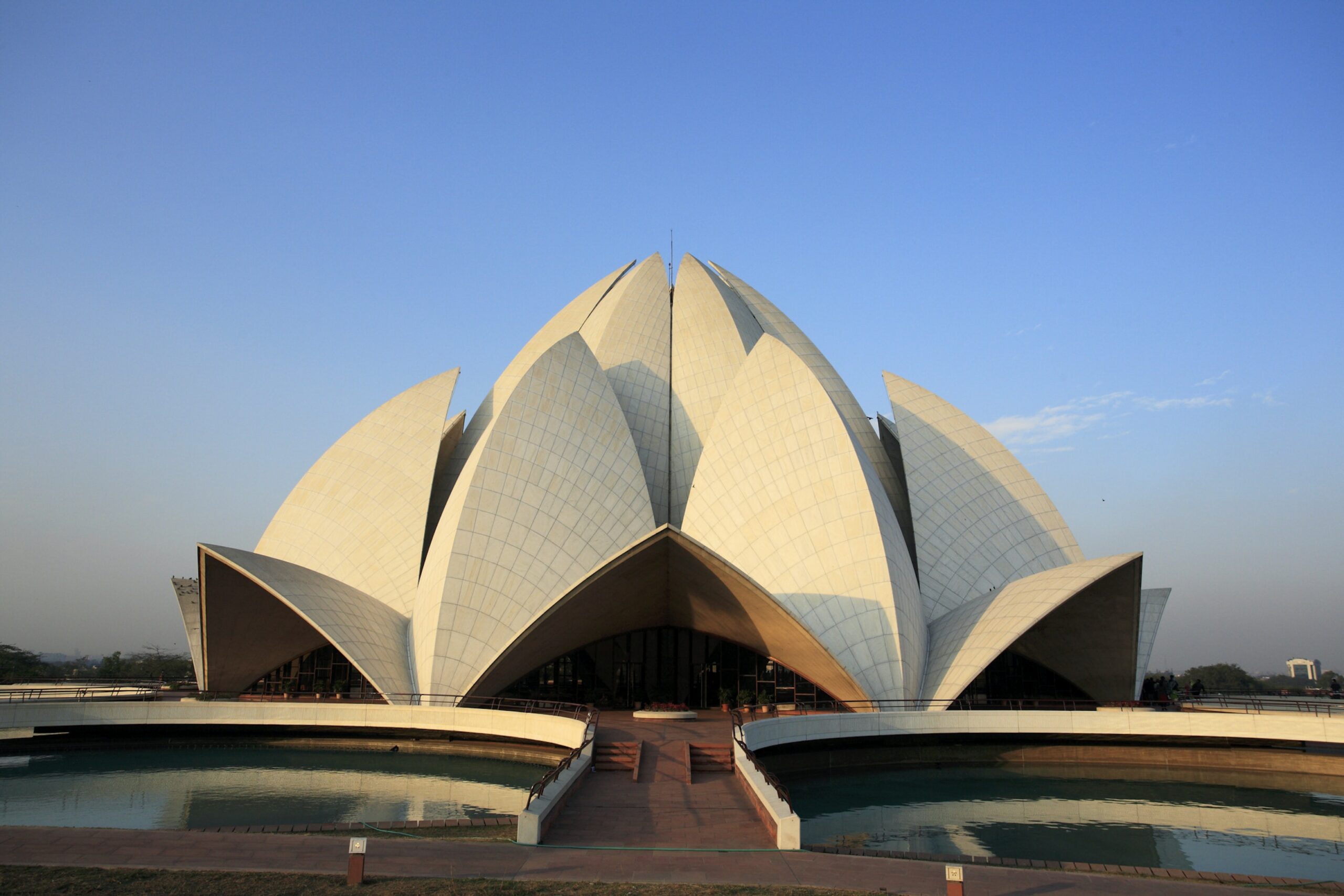
Exploring the Lotus Temple Complex
The Lotus Temple complex is not just about the main temple; it offers much more for visitors to explore. As you enter the premises, you’ll be greeted by beautifully manicured gardens, tranquil ponds, and reflective pools. These elements enhance the overall aesthetic appeal of the temple and provide a serene atmosphere for meditation and contemplation. The sprawling complex also houses exhibition halls, a bookstore, and various facilities to accommodate the needs of visitors.
The Baha’i Faith and Lotus Temple
The Lotus Temple is a place of worship for followers of the Baha’i Faith, a religion that emphasizes the unity of all religions and the oneness of humanity. Baha’is believe in the fundamental principles of equality, justice, and the elimination of prejudice. The Lotus Temple serves as a gathering place for people of all faiths, fostering interfaith dialogue, and promoting harmony among diverse communities.
Lotus Temple – A Symbol of Unity
The Lotus Temple stands as a powerful symbol of unity in a world often divided by religious and cultural differences. It welcomes individuals of all backgrounds and encourages them to come together in the pursuit of spiritual enlightenment. The temple’s inclusive nature and its commitment to fostering unity make it an extraordinary monument that transcends borders and brings people together.
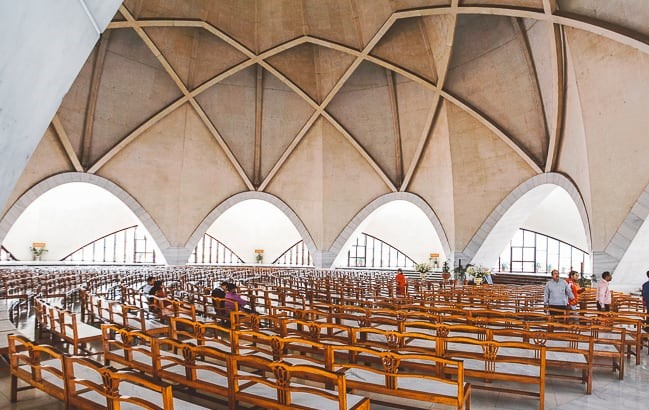
How to Reach Lotus Temple
To reach the Lotus Temple, one can avail of various modes of transportation. If you’re coming from within New Delhi, you can take a taxi, ride-sharing service, or public buses that connect to the Nehru Place area. Additionally, the Delhi Metro is a convenient and efficient way to reach the temple, with the Nehru Place Metro Station located in close proximity.
Best Time to Visit Lotus Temple
The Lotus Temple welcomes visitors throughout the year, but certain seasons offer a more pleasant experience. The months between October and March, during the winter season, provide cooler temperatures, making it an ideal time to explore the temple’s surroundings and enjoy the tranquility it offers. However, it’s important to note that the temple can get crowded, especially on weekends and holidays, so visiting during weekdays or early mornings is advisable for a more serene experience.
Frequently Asked Questions (FAQs) about Where is Lotus Temple?
Q: Is there an entry fee to visit the Lotus Temple?
A: No, entry to the Lotus Temple is free for all visitors. It is open to people of all ages and backgrounds.
Q: Are there any dress code requirements to enter the Lotus Temple?
A: While there is no specific dress code, visitors are expected to dress modestly and respectfully. It is advisable to avoid revealing or provocative attire out of respect for the sacredness of the place.
Q: Can photography be done inside the Lotus Temple?
A: Photography is not allowed inside the Lotus Temple. Visitors are requested to refrain from taking pictures or using any electronic devices within the temple premises.
Q: Are there any specific rules or guidelines to follow inside the Lotus Temple?
A: Yes, visitors are expected to maintain silence, switch off their mobile phones, and avoid any form of disturbance. It is a place for meditation and introspection, so adhering to the guidelines ensures a peaceful environment for everyone.
Q: Can I attend any religious ceremonies or events at the Lotus Temple?
A: The Lotus Temple is primarily a place for individual meditation and prayer. However, it occasionally hosts interfaith gatherings and events that promote unity and understanding among different religions.
Q: Is the Lotus Temple accessible to people with disabilities?
A: Yes, the Lotus Temple is designed to be accessible to people with disabilities. It provides ramps and other facilities to ensure inclusivity and convenience for all visitors.


